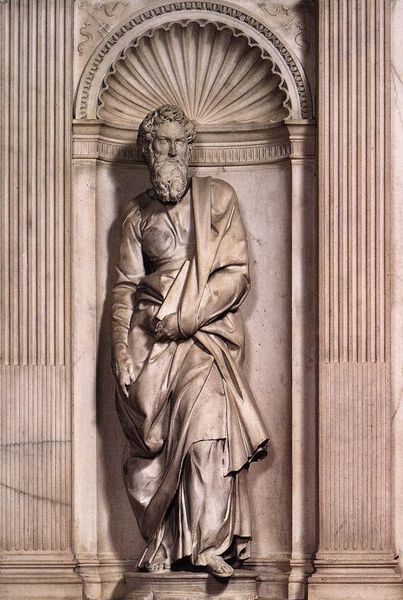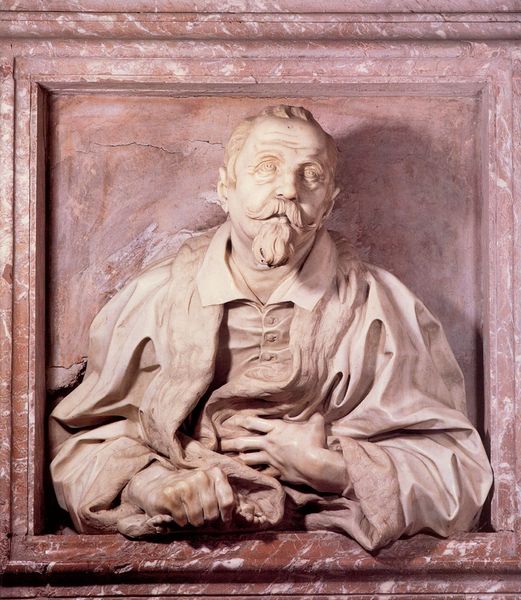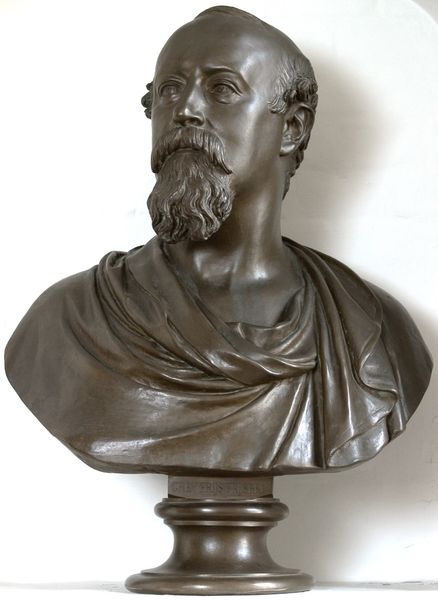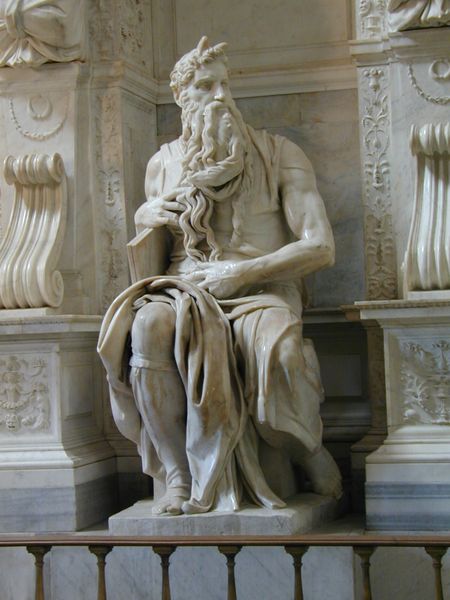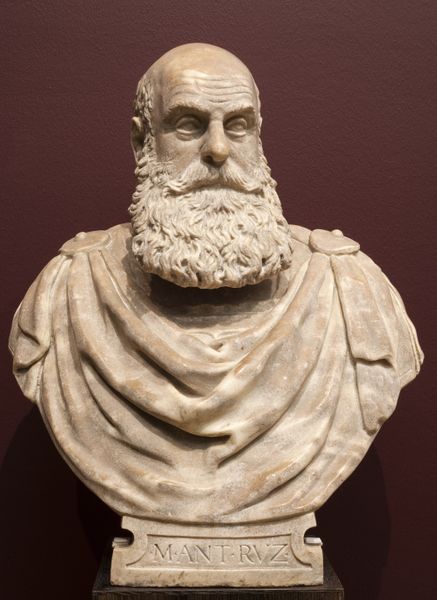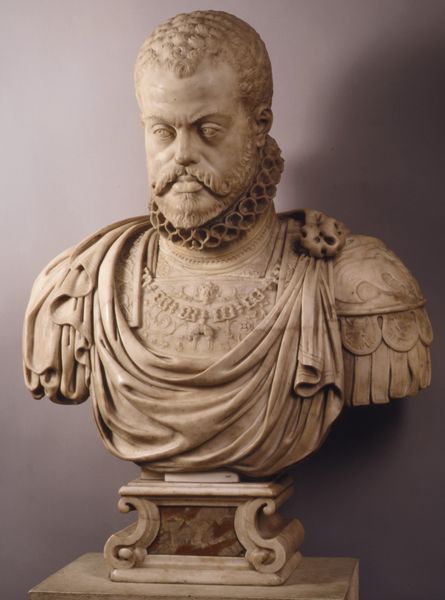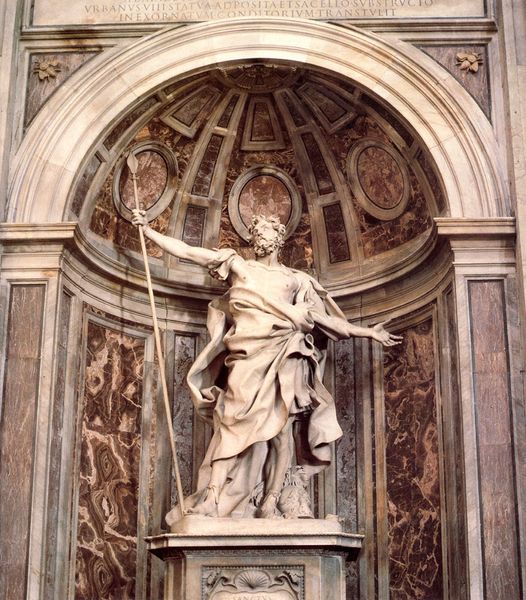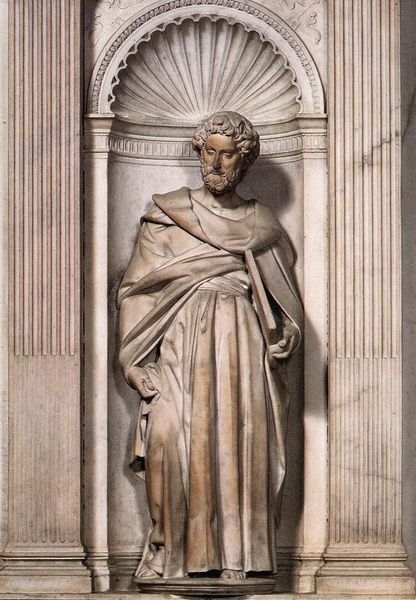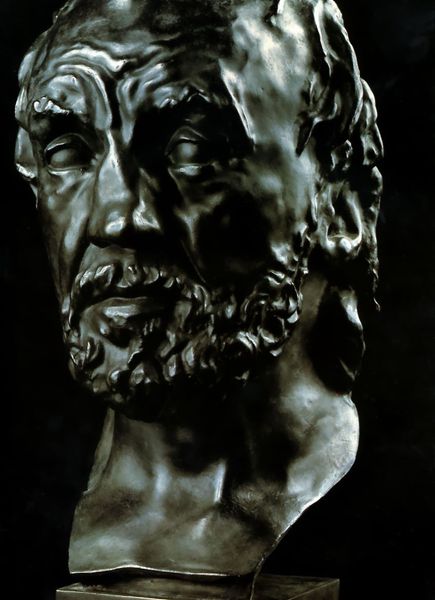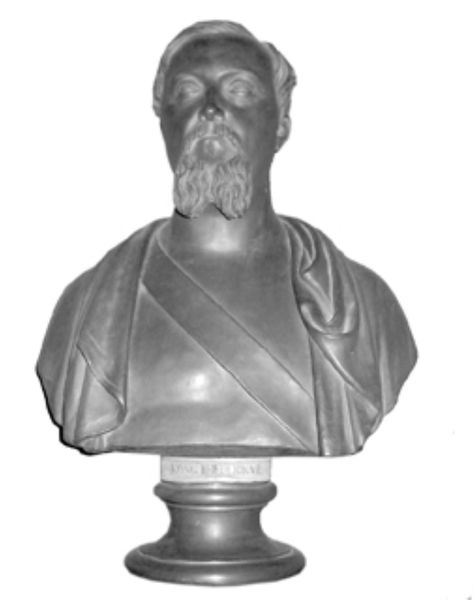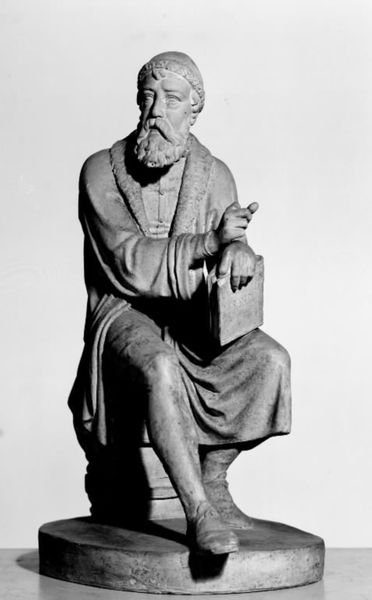
sculpture, marble
#
portrait
#
baroque
#
sculpture
#
figuration
#
sculpture
#
history-painting
#
marble
Copyright: Rijks Museum: Open Domain
Hendrick de Keyser sculpted this marble bust of a man, likely Vincent Coster, capturing the civic pride of the Dutch Golden Age. Observe the subject's attire: a classical toga-like garment secured with a lion's head clasp. The lion, a symbol of courage and nobility, harkens back to ancient Rome, where it signified power and authority. This motif is far from unique to this time and place; we see similar symbols of the lion appearing as far back as the Ancient Near East. The adoption of such symbolism speaks to a human desire to connect with the virtues and perceived grandeur of past civilizations. Consider how this symbol might have been subconsciously chosen to imbue the sitter with a sense of timeless importance, engaging viewers on a deep, emotional level. This lion resurfaces through history, carrying echoes of strength and dominance, continuously reinterpreted.
Comments
rijksmuseum about 2 years ago
⋮
Elegantly draped over this man’s doublet, the raised collar of which is clearly visible, is a cloak like those worn by the ancient Romans. This gives the sitter an aristocratic air. Yet it is only an affluent citizen who is portrayed here: probably Vincent Coster, an Amsterdam ‘wine gauger’ (someone who calculated the excise duty on wine).
Join the conversation
Join millions of artists and users on Artera today and experience the ultimate creative platform.
